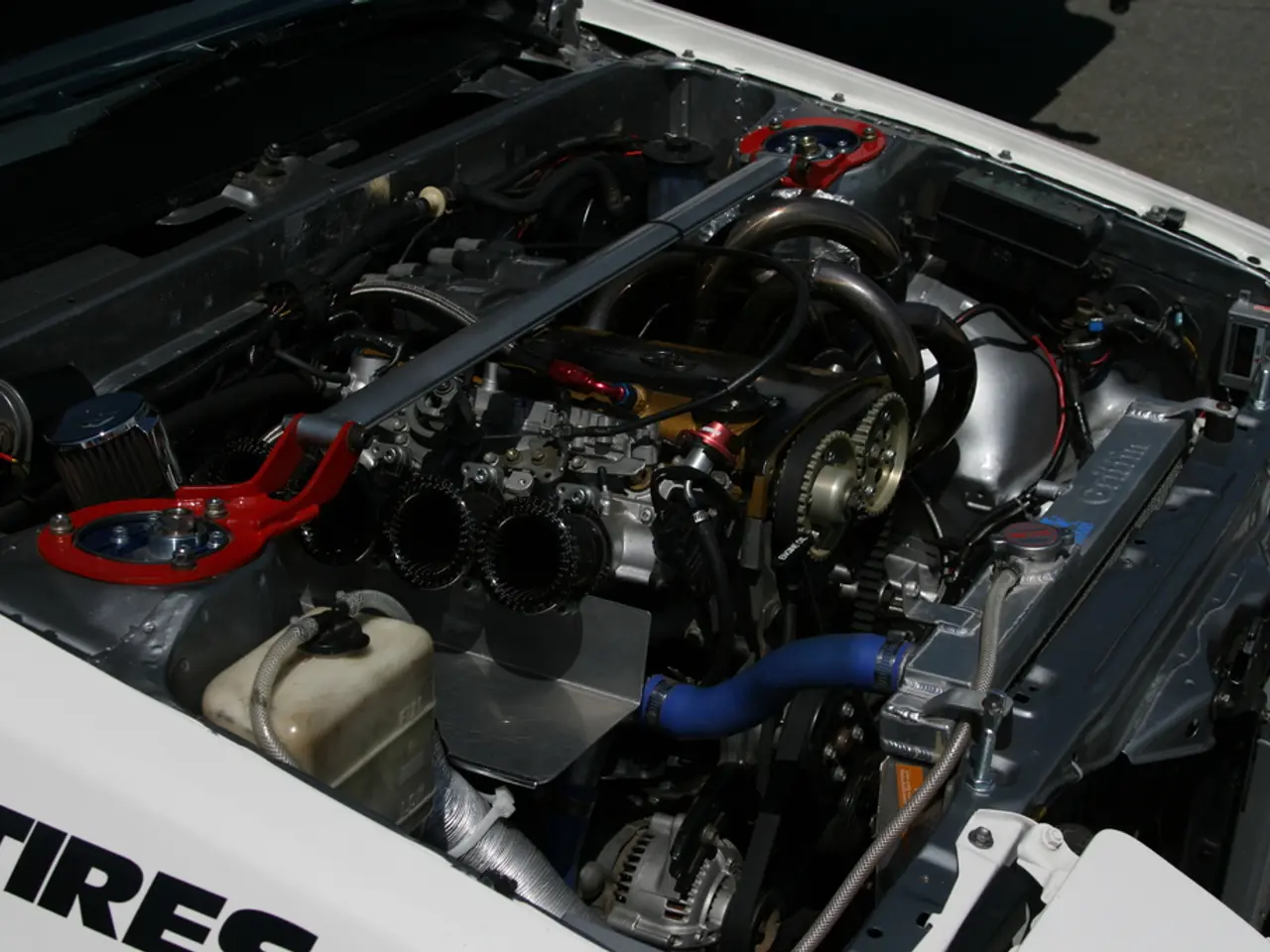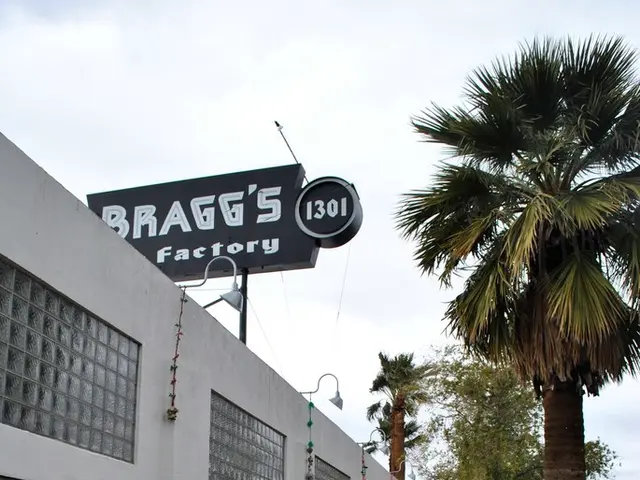Arbitrage Dominates US Utility-Scale Battery Storage, Energy Vault's Large-Scale Projects Lead
Arbitrage has emerged as the dominant use case for utility-scale battery energy storage systems in the US. A significant 41% of total battery capacity is primarily dedicated to this purpose. By 2024, this trend is projected to continue, with 66% of all utility-scale battery capacity including arbitrage among its applications.
Energy Vault, a major player in this sector, has several large-scale projects underway. These include the St. Gall BESS in Texas, with a capacity of 100 MW/200 MWh, and the Reid Gardner BESS in Nevada, boasting 220 MW/440 MWh. The Stanton BESS, with a capacity of 68.8 MW/275.2 MWh, is another notable project, although its location remains unspecified. Additionally, the Cross Trails BESS in Snyder, Texas, has a capacity of 57 MW/114 MWh.
Frequency regulation, the second most common application, accounts for 24% of battery capacity. This indicates a balanced approach in the use of these energy storage systems.
Arbitrage's dominance in utility-scale battery energy storage systems in the US is clear, with a significant majority of capacity dedicated to this use case. Major players like Energy Vault are investing in large-scale projects to meet this demand. As the sector continues to grow, the balance between arbitrage and other applications, such as frequency regulation, will be an interesting trend to watch.
Read also:
- Web3 gaming platform, Pixelverse, debuts on Base and Farcaster networks
- Goodyear in 2025: Advancement in Total Mobility through the Launch of Kmax Gen-3 by Goodyear
- Boston Metal pioneers route to commercial production for eco-friendly steel method
- Electric SUV Showdown: Vinfast VF6 or MG Windsor EV - Your Choice Revealed







